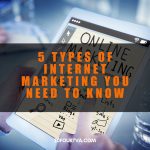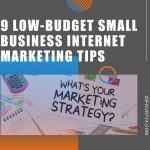Online Marketing 101 for Small to Midsize Businesses
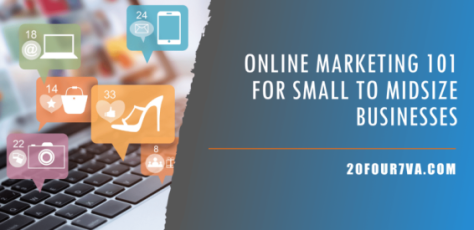
Small to midsize businesses (SMBs) have unique marketing requirements and challenges that traditional, large companies don’t encounter. As online marketing becomes increasingly necessary, the need for SMBs to find appropriate promotional techniques also grows. The problem is that many SMB owners don’t know where or how to start. Thus, many SMB owners find themselves stranded in marketing plans designed for bigger companies.
To help you navigate the tricky and dynamic world of digital marketing, you must put together an action plan backed up by data and use techniques especially made for your business.
Online Marketing Stats for SMB Owners
Broad questions such as, “what’s the best marketing gimmick right now,” or, “how can I make my customers buy more” can quickly lead you down the wrong path. For one thing, they just bring up more issues and questions. For instance, are the current marketing trends relevant to your industry? If so, how? What value can you give your customers to make them buy more? These are questions you always have to as yourself, as you’ll lose track of your specific goals and plans if you follow vague and generic plans.
Avoid getting tangled into schemes that lead your business nowhere. Start strong by doing the following:
- Ask better questions. How do I do online marketing for my brand? What can I do to make buyers stay loyal?
- Be in the loop. Consider the following facts and figures regarding the world of SMB marketing.
What are SMBs?
Small Business are privately owned companies with less than $50 million average yearly revenue that employ 100 or fewer employees.
Midsize Business are companies with average yearly revenues of more than $50 million but less than $1 billion employing 200 employees or fewer.
- 91% of consumers have visited a physical store because of an online experience
- 75% of mobile local searches resulted in foot traffic within 24 hours
- 60% of consumers research products or services on Google or other search engines prior to visiting a website
- 41% of consumers read reviews before making an offline purchase
- 59% of consumers claim promotional emails made them buy something
- 61% of emails are accessed on mobile gadgets
- 84% of consumers expect brands to produce entertaining, helpful, and promotional content
- 71% of people want to learn about products through their website content rather than traditional ads
- 72% of marketers admit content strategy or management is challenging
- 73% of brands believe social media marketing works
- 57% of shoppers admit social media influence their purchase decision
With its significance recognized by both brands and consumers, how do you wield online marketing to fast-track your growth?
How To: Internet Marketing Guide for SMBs
There is no single formula for acing the dynamic and constantly changing world of digital marketing. That’s why it’s important to put together a DIY digital marketing guide backed by statistics and professional strategies.
Keep your goals and logistics in mind and create an action plan using these pro tips for marketing online:
1. Create relevant, shareable content.
Blogs, sales channels, email, and social media – with the wide variety of virtual platforms today, it’s tempting to promote your products everywhere. Talking about your products in every avenue possible increases your chance of getting new customers, right? Wrong.
Quality always trumps quantity when it comes to publishing content. While it is important to publish content regularly, churning out post after post without strategy will only push people away.
So, how do you create content that resonates with people while helping you brand? What prompts readers to share your posts to their family and friends?

Find the balance between what you want to say and what your target audience wants to hear. You can zero in on this area by going beyond the basic demographics of your target market (age, gender, location) and learning about their struggles, goals, or fears. In a nutshell, know what makes your target customer tick and find out how your brand and service can make their day or life better.
Content Pointers to Remember
- ‘Eavesdrop’ on your customers and readers. What are the common questions or issues that people mention in your social channels? What kind of blog posts get the most reaction and shares? Exploit these topics more by re-purposing them into blog series, webinars, videos, or eBooks.
- Work with a content writer. Hitting the spot between promotional and engaging takes marketing skill and writing expertise – two things that a proven content writer can offer. So, work with a content writer to transform your ideas into readable, shareable content.
2. Send winning emails.
With the popularity of social media, email marketing tends to be brushed aside and given little attention. Yet, 59% of consumers claim that promotional emails have prompted them to buy something. Don’t miss out on sales and customer acquisition because of generic, substandard emails. These kinds of messages are often routed into people’s Promotions inbox or worse, filtered into Spam.
According to a study by Sales Force, 64% of recipients decide to open an email based on its subject line. So, take the time to personalize your emails based on the recipient’s history or behavior to get them to open and read your messages. Here are other 6 keys to email marketing success.
3. Prioritize social media over traditional marketing.
Local TV stations in the US charge a minimum of $5 for a 30-second commercial per 1,000 viewers, while national broadcasts cost $115,000 on average. On the other hand, radio ads that run for a week range somewhere between $200-$5,000 depending on location. While TV and radio ads cost a lot, they do not always reach the right customers.
Social media, on the other hand, is free to use. You just create an account, input your business information, post photos, and link posts to your website without having to pay a single dime. In fact, this is what many startups and home-based businesses do.
Of course, if you want to reach more customers and increase your revenue through social media, you would need to balance organic marketing and paid advertising. Still, paid ads on Facebook, Instagram, and YouTube are significantly cheaper than the ones on TV and radio. What’s more, social media advertising is targeted. That is, the platforms give you control over ad demographics, so you can reach the right people in the right locations.
Because there are several social channels, you need to identify the specific sites that your target customers frequent to allocate your marketing funds and campaigns accordingly.
Cost of social media advertising in 2019
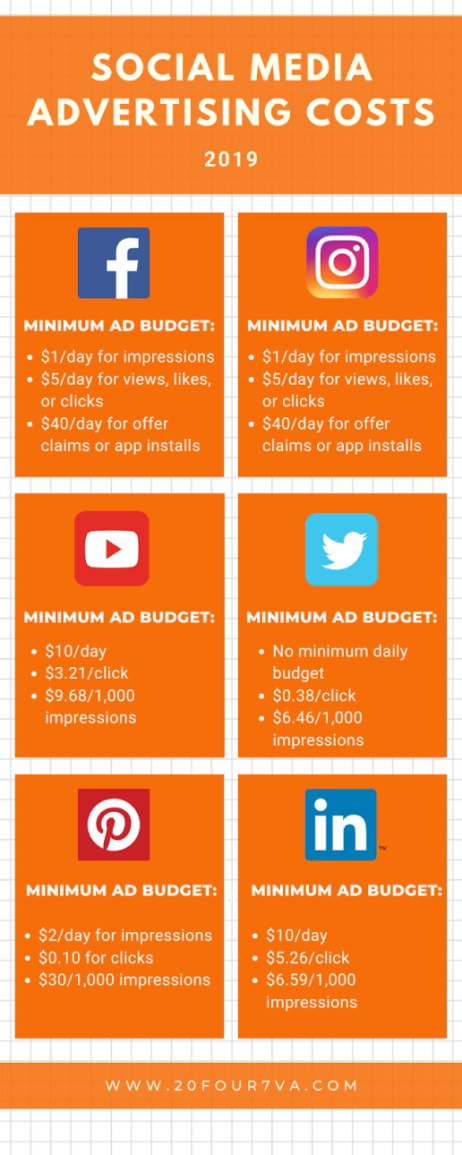
The general rule of social media posting is to publish 80% useful or engaging content and 20% promotional posts. This is another reason why working with a content writer is a must. Content writers can put together posts tailored for a specific social platform. Here are other ways you can increase brand awareness through social media.
4. Work with an expert.
The ease and convenience of marketing online make many entrepreneurs take on the task themselves. While this is doable and a great way to learn, there is too much at stake when you work without expert help.
The good news is, working with experts is also easy and convenient. For one thing, you don’t need to break the bank to get professional marketing assistance. For another, you can start ramping up your team to cover different branches of online marketing, from content marketing and social media to search and email.
The best way to go about this is to hire a virtual staff. Hiring a virtual assistant (VA) for different marketing niches is your best shot to work with a stellar team using your startup budget.
Building Your Marketing Team
- Project Manager to plan or create a digital content calendar. Of course, you can be the Project Manager while you’re still building your marketing team.
- Content Specialist to write and edit posts on your website, social media, and email. Content specialists can also write product descriptions in sales channels to expedite purchase decisions.
- Social Media Manager to schedule and publish posts on different channels as well as monitor and respond to communications made on social sites.
- Data Specialist to read or interpret and evaluate analytics reports from your marketing campaigns.
A digital marketing VA can also help you choose tried-and-tested processes to curate, distribute, and monitor your campaigns. As experts of the field, marketing VAs know how to navigate the technical side and the human side of advertising. By working closely together, you can create a marketing action plan that beats the competition, follows the rules of the game, and engages buyers.
Learning how to do online marketing takes a lot of practice, time, and patience. Make sure you’re putting in the time, money, and effort on strategies meant for small to midsize businesses like yours. Start creating your online marketing action plan by keeping these takeaways in mind, following these tips, and working with a virtual marketing team.
Recommended Reading: How to Reduce Operational Costs for Small Businesses



